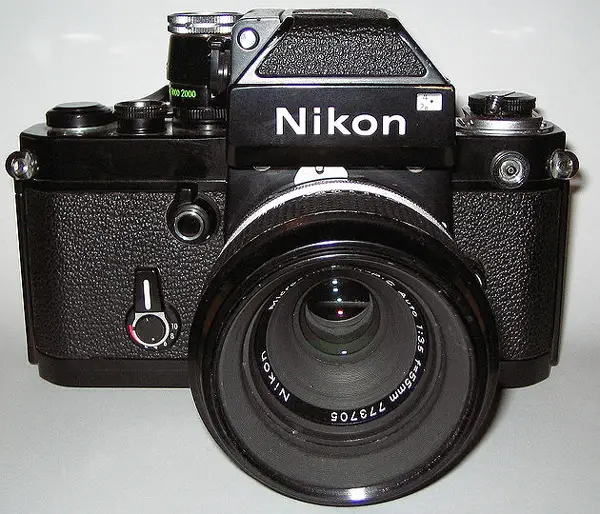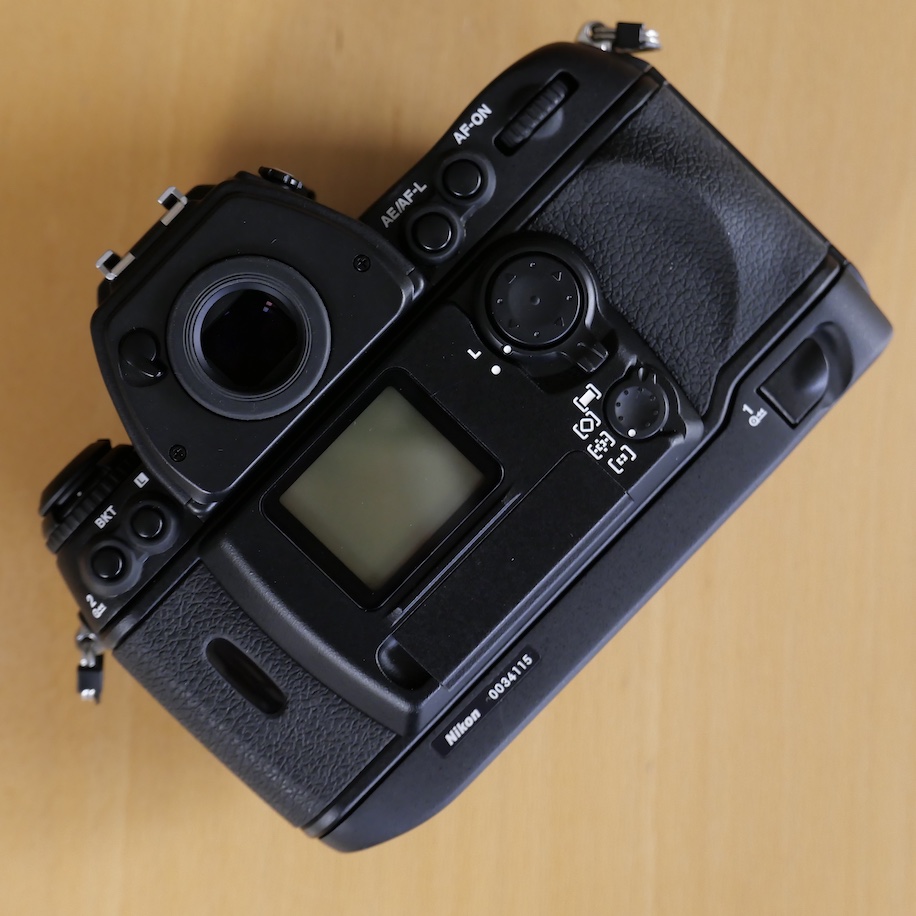

Nonetheless, if someone asked me to imagine a camera quickly, my mind would no doubt head straight to where it all began for me, a classic DSLR.įor some photographers, the DSLR era was merely an extended stop on an even longer photography journey. I still own DSLRs and use them occasionally, but I've primarily used a mirrorless camera since 2017.

Over time, I've shot with many other types of cameras, including compact all-in-ones (which, like DSLRs, have become less prevalent), mirrorless cameras of all shapes and sizes and even a couple of medium-format camera systems. The first camera I reviewed for Imaging Resource was, perhaps unsurprisingly, a DSLR, the Nikon D750. A large camera with a big front grip, many dials and buttons and the mechanical thwack when I pressed the shutter release.įast forward to 2015. For a long time, my idea of a camera was that of a DSLR. I only realized years later how much the Nikon D80 informed my idea about what a camera is. I forget exactly what the PR rep's response was, but it was something along the lines of, "There are Nikon pros who still shoot film."

"Why?" one of the other journalists in the room asked, only half jokingly. While 2004 was still (technically) early days for digital cameras, we looked at the F6 as if it were an artifact from a different era. It would be the last in the line of Nikon's storied F-series professional film SLRs. He then put the not-yet-announced Nikon F6 on the table. Towards the end of the meeting, after showing us a half dozen or so digital doodads, Nikon's PR rep pulled a Steve Jobs and said he had "One more thing" to present to us. We were there, ostensibly, to get a sneak peek at Nikon's forthcoming digital cameras, including a range of Coolpix products. This was back in 2004 at Nikon USA's headquarters on Long Island.

Dan Havlik, senior editor, Digital Photo and Digital Photo Pro: This discussion of "The Last DSLR" reminds me of one of the stranger NDA product meetings I've had.


 0 kommentar(er)
0 kommentar(er)
